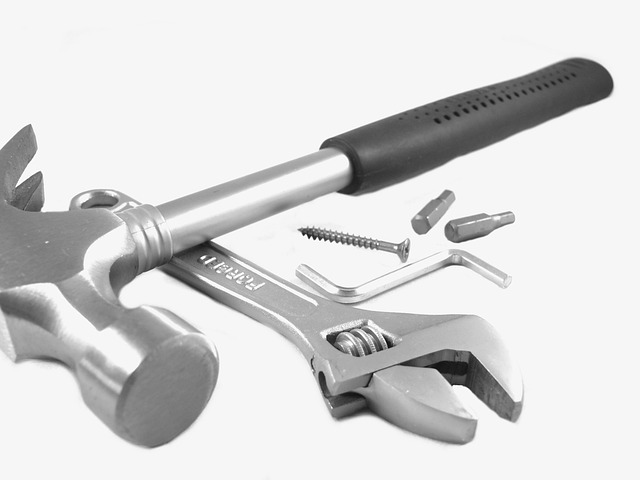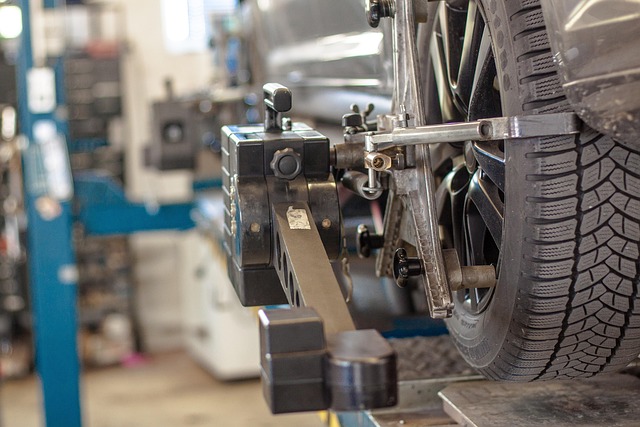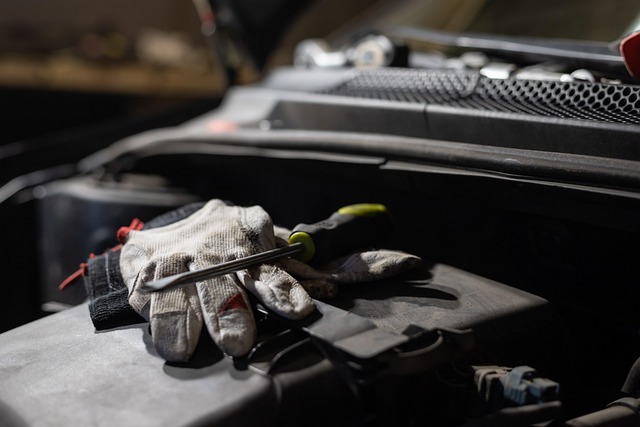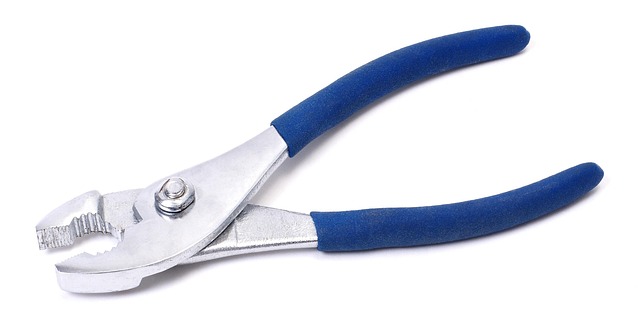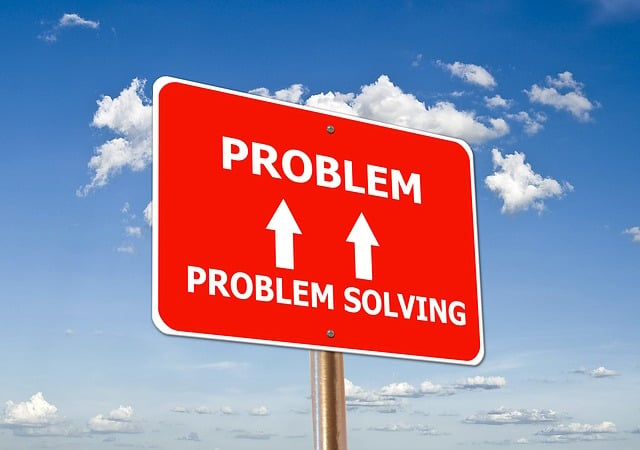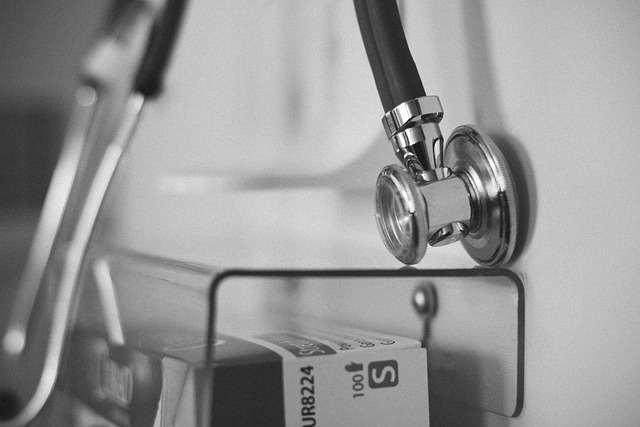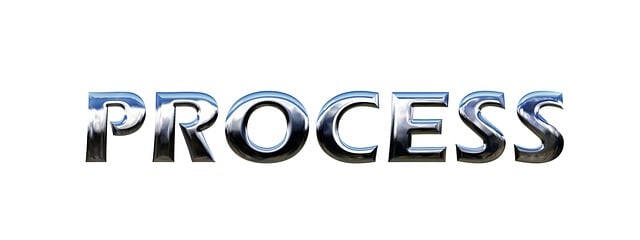The transparent repair process is revolutionizing auto collision repair by prioritizing accuracy and customer satisfaction. Through detailed documentation and accessible step-by-step repairs, this approach builds trust, educates clients about their vehicle's condition, and strengthens shop reputations. Effective documentation, using methods like standardized forms, before/after photos, and videos, ensures consistent quality control, meets high standards for all repairs, and fosters long-term client relationships.
In today’s digital era, ensuring transparency in the repair process is paramount for building trust with customers. This article explores the critical role documentation plays in achieving accuracy and enhancing accountability throughout the transparent repair process. We delve into the benefits of open communication, examining how detailed records impact overall precision. Additionally, it provides best practices for creating comprehensive repair documentation to streamline operations and foster customer satisfaction.
- Understanding Transparent Repair Process and Its Benefits
- The Impact of Documentation on Repair Process Accuracy
- Best Practices for Creating Comprehensive Repair Documentation
Understanding Transparent Repair Process and Its Benefits

The transparent repair process is a revolutionary approach in the auto industry, particularly within auto collision repair and vehicle bodywork services. It involves a meticulous and detailed methodology where every step of the restoration process is documented and made accessible to all stakeholders. This innovative practice offers numerous advantages, enhancing overall accuracy and customer satisfaction.
By embracing transparency, auto bodywork experts can ensure that clients are well-informed about their vehicle’s condition and the repair work required. It fosters trust as customers gain visibility into the intricacies of the restoration process. This benefit is pivotal in building a positive reputation for auto collision repair shops, encouraging client retention, and fostering long-term relationships.
The Impact of Documentation on Repair Process Accuracy
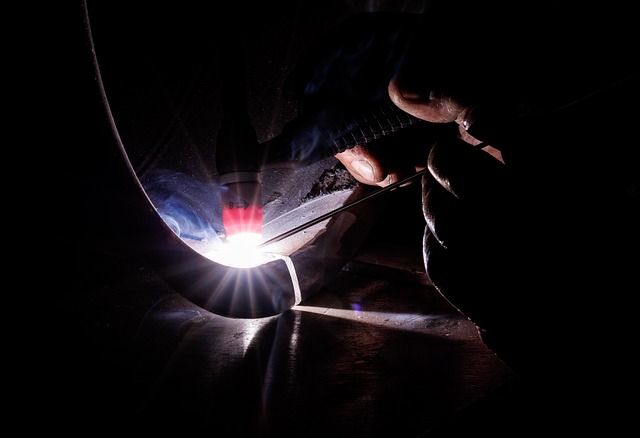
Effective documentation is the cornerstone of a transparent and accurate repair process in any auto body work or collision repair shop. It serves as a comprehensive record of every step taken during the restoration of a vehicle, ensuring that both the repair team and customers have clear access to information. This level of transparency builds trust, enabling clients to understand the extent of the car paint repair or auto body work undertaken.
Moreover, detailed documentation plays a pivotal role in maintaining the precision of the entire collision repair process. It allows for consistent quality control, facilitating the identification and rectification of any potential errors early on. This meticulous approach ensures that every vehicle leaving the shop meets the highest standards, be it for minor dents or extensive structural repairs.
Best Practices for Creating Comprehensive Repair Documentation
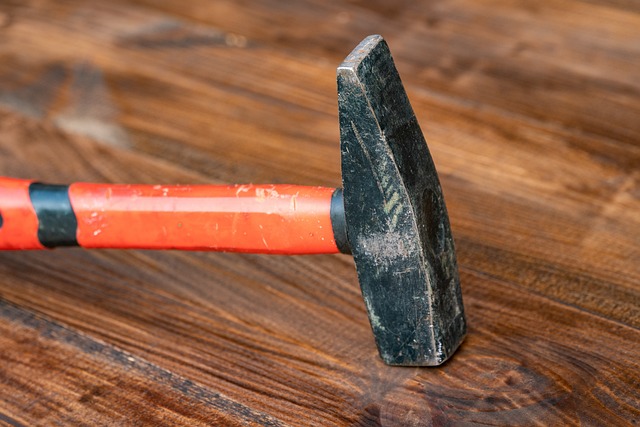
Creating comprehensive repair documentation is a cornerstone of any transparent repair process. It involves meticulous recording of every step taken during the repair, from initial assessment to final quality check. Best practices include detailed descriptions of damage, parts replaced, techniques employed, and timeframes for each stage. Using standardized forms or digital platforms ensures consistency and accessibility, allowing all stakeholders—from mechanics to customers—to track progress easily.
Additionally, incorporating visual aids such as before-and-after photos, diagrams, and videos enhances transparency. For instance, documenting tire services with clear visuals demonstrates the condition of the tire before and after repair, assuring clients of the work’s quality. Similarly, in paintless dent repair, detailed images can showcase the technique used and the final, smooth finish. Effective documentation not only builds trust but also serves as a valuable reference for future repairs, ensuring consistency across collision repair services.
Documentation plays a pivotal role in ensuring the accuracy and integrity of a transparent repair process. By meticulously recording each step, from initial assessment to final completion, technicians can maintain high standards and provide verifiable evidence of their work. This not only enhances customer confidence but also facilitates efficient troubleshooting and quality control. Embracing best practices for comprehensive documentation is key to upholding the benefits of a transparent repair process, ensuring satisfaction and building trust among clients.

